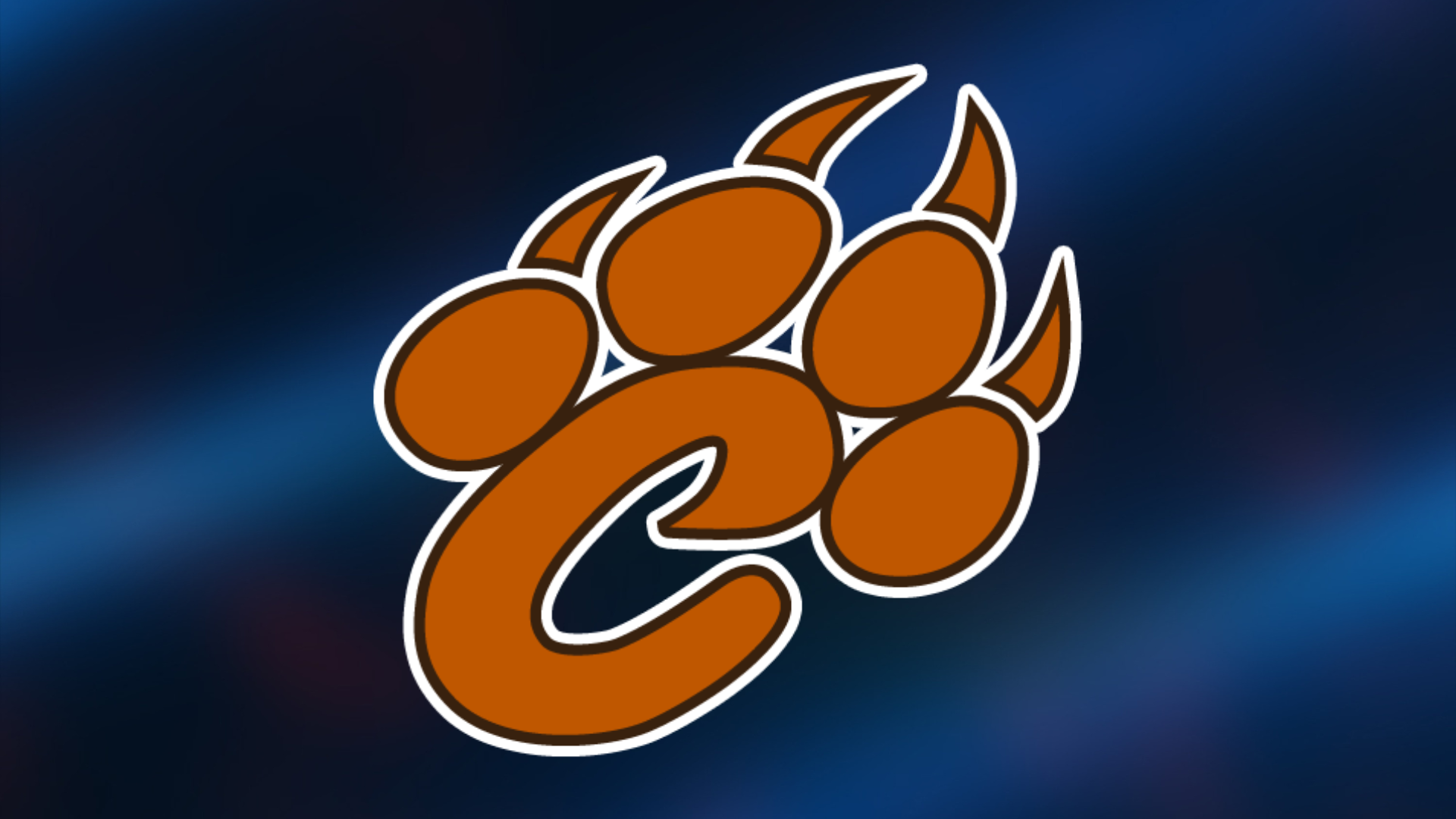Indiana’s 2020 college graduates faced unprecedented learning disruption, but students persevered—graduating at higher rates than in 2019, according to the Indiana Commission for Higher Education’s 2021 College Completion Report.
Despite the upheaval caused by COVID-19 in the spring of 2020, Indiana’s college completion rates stayed on track or improved at most institutions. One possible explanation is that students were already close to graduating when learning shifted from in-person to online due to the impact of the pandemic. Completion rates for the class of 2021 are not yet available.
Over 44 percent of all Hoosier college students graduated on time (within two or four years for a long-term certificate, associate or bachelor’s degree, respectively), an increase of 2 percentage points since 2019. The rate of students graduating in an extended timeframe (within six years for any degree type) also improved, from 62 percent in 2019 to almost 64 percent in 2020.
There has been a marked improvement in Indiana’s college completion rates over the past five years at both two- and four-year campuses. On-time completion rates have increased 10.4 percentage points at four-year campuses and 9.3 percentage points at two-year campuses.
“Completing college is the foundational marker of college success, and we’ve been intentional about improving this rate for many years,” said Indiana Commissioner for Higher Education Teresa Lubbers. “It is encouraging to see the class of 2020 finished strong, despite the turmoil that was going on last spring. However, we cannot ease our momentum in making sure that Indiana’s students are fully prepared to enter and complete postsecondary education.”
Campuses with the greatest one-year improvement in on-time graduation rates are Vincennes University, Indiana State University, University of Southern Indiana, Purdue University Northwest, Indiana University Bloomington, and Purdue University West Lafayette.
Indiana University Bloomington, Purdue University West Lafayette, and Ball State University campuses have the overall highest on-time and extended-time completion rates.
While there was progress in 2020 overall, there are numerous completion gaps that exist for adult learners, Black, Hispanic/Latino, and low-income students. There were noted decreases in completion rates for adult learners at some college campuses, and while completion rates improved faster for Black and Hispanic/Latino students, it will take years to fully close equity gaps at these rates.
“Indiana will not achieve its big goal of having at least 60 percent of Hoosiers with a quality degree or credential beyond high school without closing this college readiness and success gaps,” said Lubbers.
Key report findings
- On-time completion rates are improving. More than half (50.1 percent) of all students who start full-time at a four-year college complete their degree on time, up from 48.4 percent in 2019. At two-year institutions, on-time completion rates are up almost 2 percentage points from 2019 to 17.3 percent.
- More students are graduating within six years. Nearly three-quarters (71.7 percent) of students who start at a four-year college earn a degree within six years, an increase of 2.5 percentage points since 2019. At two-year colleges, 37.5 percent of students complete within six years, up slightly from 2019.
- Equity gaps are closing—but not quickly enough. Indiana has seen gains in completion for Black students and for Hispanic and Latino students, particularly at four-year campuses. However, the gains would still take years to fully close completion equity gaps. While the on-time completion rate for the average student is 50.1 percent, it is 39.3 percent for Hispanic and Latino students and 29.5 percent for Black students.
- Completion rates dipped for adults in 2020. Adult learner completion rates declined between 2019 and 2020. Statewide, there was a more than 2 percentage point drop year-over-year (17.5 percent in 2019 to 15.4 percent in 2020), though the on-time adult completion rates are up almost 7 percentage points in five years.
- 21st Century Scholars are more likely to finish college on time than their low-income peers. The state’s early college promise program, 21st Century Scholars, provides up to four years of tuition for income-eligible students. Over 37 percent of 21st Century Scholars complete college on-time, compared to just over one-quarter (26.5 percent) of low-income students who are not part of the 21st Century Scholars program. The on-time completion rate for Scholars has increased nearly 16 percentage points over the past five years.
Recommendations
The Commission also releases recommendations with each of its reports, offering strategies aligned to its strategic plan. Recommendations around improving college completion include:
- Continuing to make college more affordable by incentivizing institutions and students to complete on-time, staying committed to keeping tuition and fees low and improving filing rates for the Free Application for Federal Student Aid (FAFSA)
- Strengthening student supports by focusing college advising around early markers for success and career relevance, along with continued access to mental health support services
- Closing equity gaps by growing participation in the 21st Century Scholars program and growing diversity in Indiana’s teaching corps
- Providing dual credit opportunities, including increasing the opportunities for students to earn the Indiana College Core and providing sustained and adequate funding for dual credit and Advanced Placement options
- Promoting seamless pathways and transitions, such as greater use of Prior Learning Assessments and communications around Transfer Single Articulation Pathways (TSAPs) and the Indiana College Core
Later this summer, the Commission will release its fourth Equity Report. This report provides a deeper analysis of the performance of Indiana’s underrepresented populations and disaggregates data by race and ethnicity, socioeconomic status, gender and geography.
Read the full 2021 College Completion Report at www.che.in.gov/completion.




